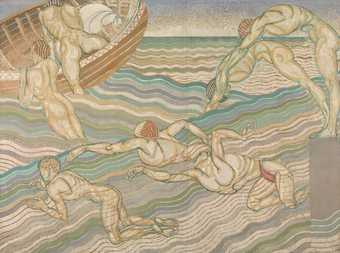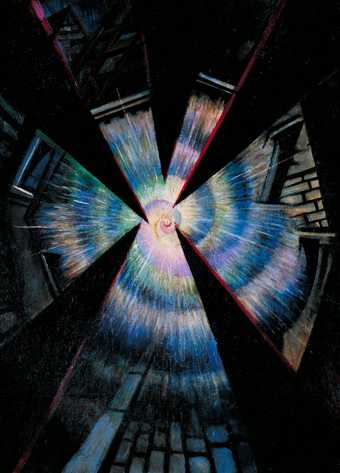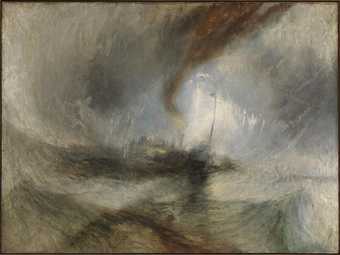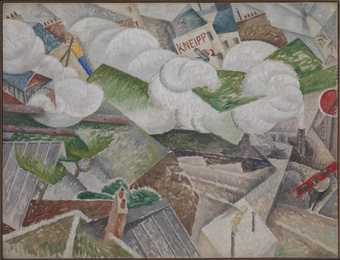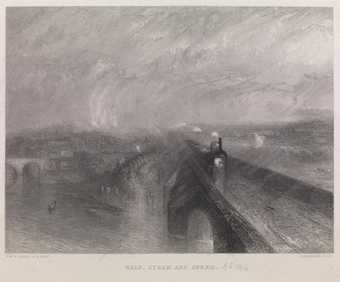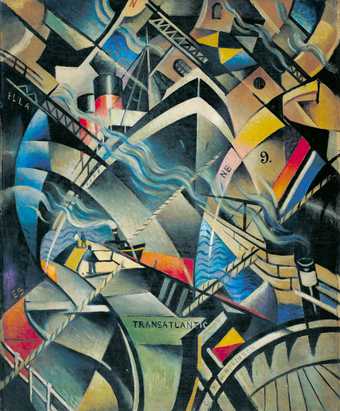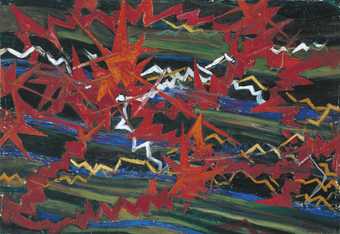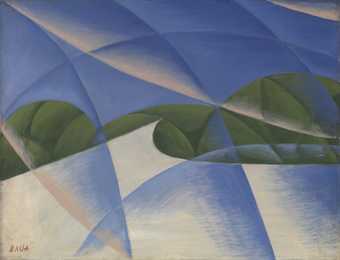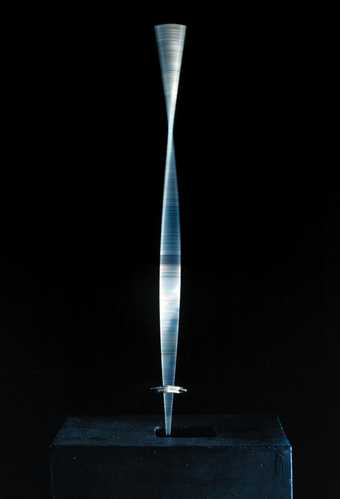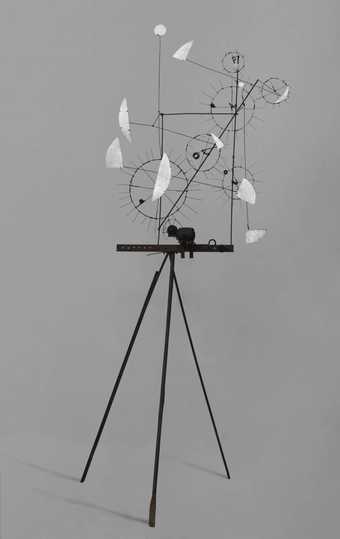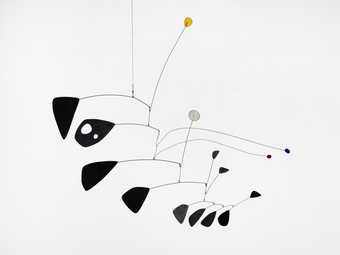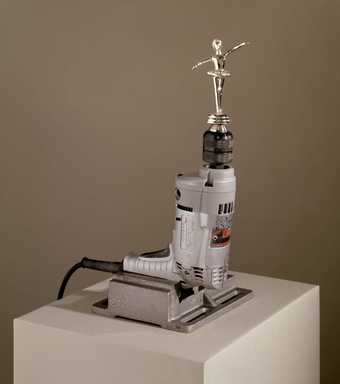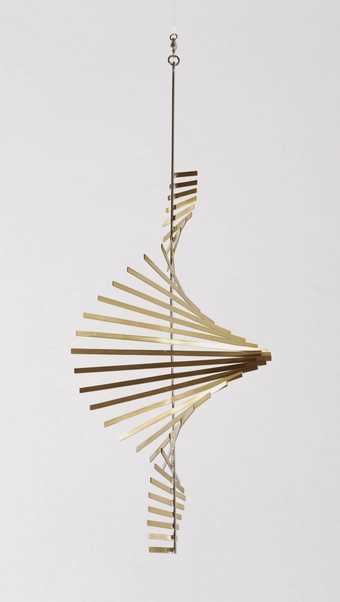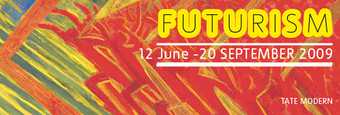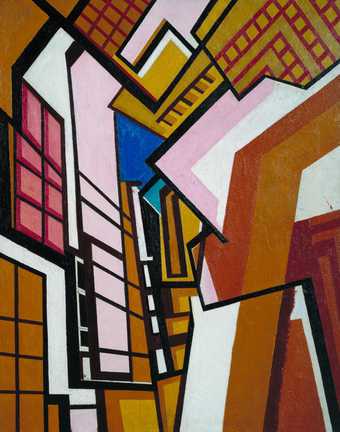Artists have thought of many ways to represent the movement of the body. High speed photography gave us our first chance to freeze frame movements, and led to more and more realistic depictions of frozen movements. But how can you capture the sense - how it feels to be moving?
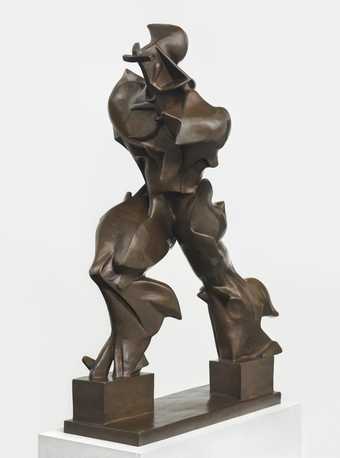
Umberto Boccioni
Unique Forms of Continuity in Space
(1913, cast 1972)
Tate
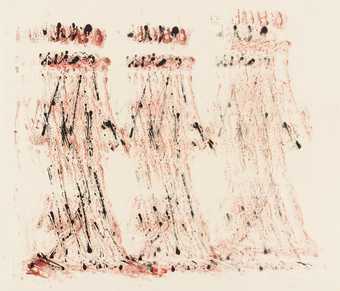
William Turnbull
Marching Figures
(1953)
Tate
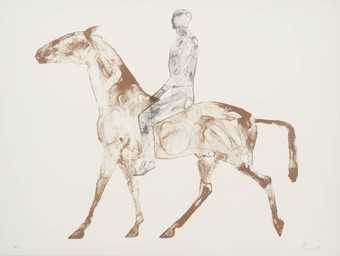
Dame Elisabeth Frink
Horse and Rider
(1970)
Tate
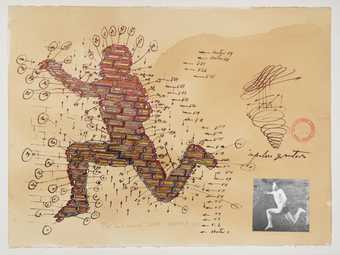
Paul Neagu
Jump
(1977)
Tate
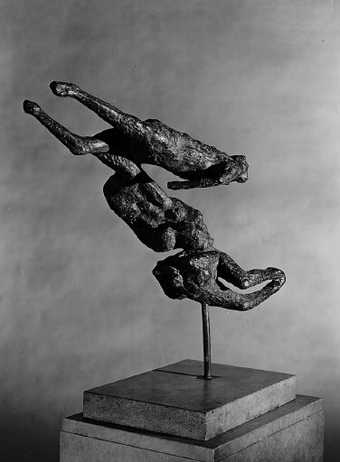
Ralph Brown
Swimming
(1959–60)
Tate
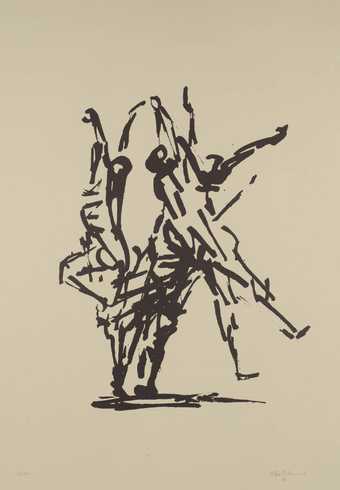
Oliffe Richmond
Dance
(1966)
Tate
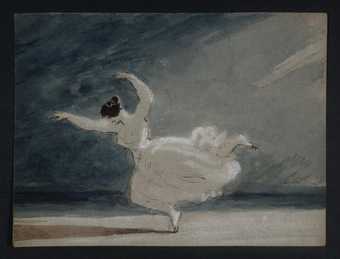
George Jones
[title not known]
Tate
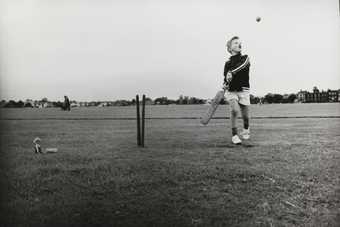
Errol Sawyer
Untitled
(1997)
Tate
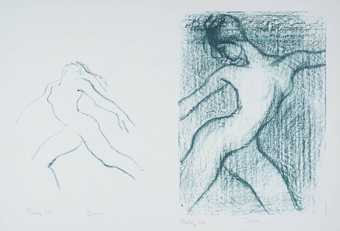
Zsuzsi Roboz
Dancing Figure
(1976)
Tate
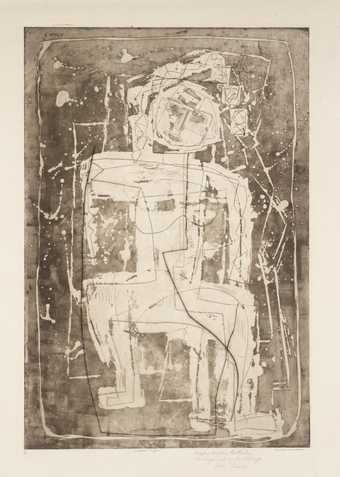
Louise Nevelson
Dancing Figure
(c.1953–5)
Tate
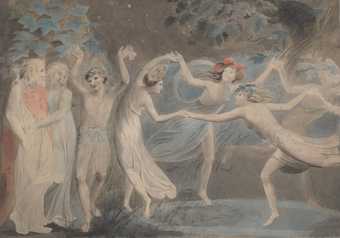
William Blake
Oberon, Titania and Puck with Fairies Dancing
(c.1786)
Tate
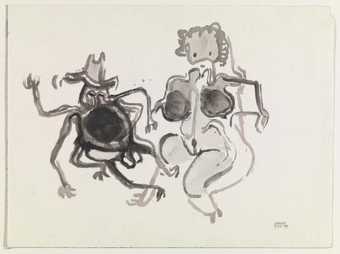
Donald Locke
Untitled
(1993)
Presented by the Tate Americas Foundation, courtesy of Timothy Griffith 2024
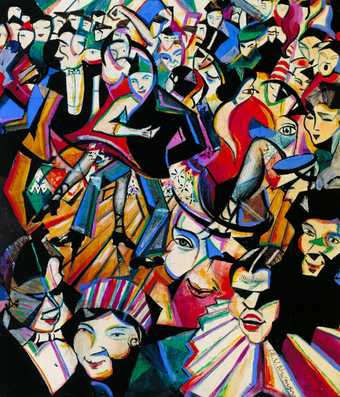
Christopher Richard Wynne Nevinson
Dance Hall Scene
(c.1913–14)
Tate
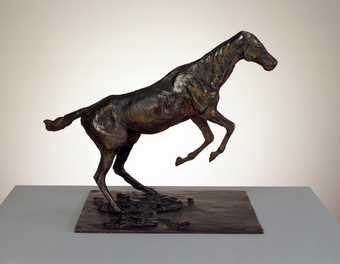
Edgar Degas
Horse Clearing an Obstacle
(c.1887–8)
Tate
How far can you simplify a form and still see the moving figure?
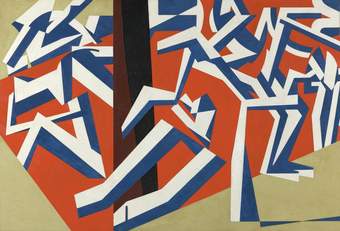
David Bomberg
The Mud Bath
(1914)
Tate
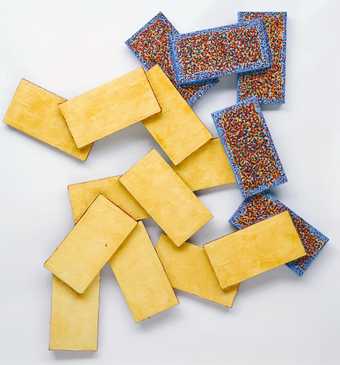
Stephen Buckley
Java
(1980)
Tate
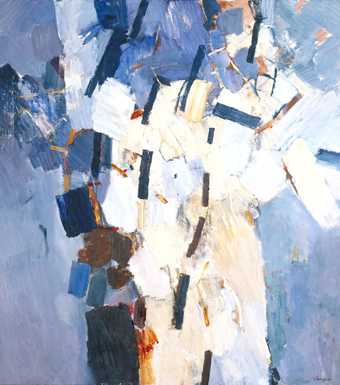
Keith Vaughan
Bather: August 4th 1961
(1961)
Tate

